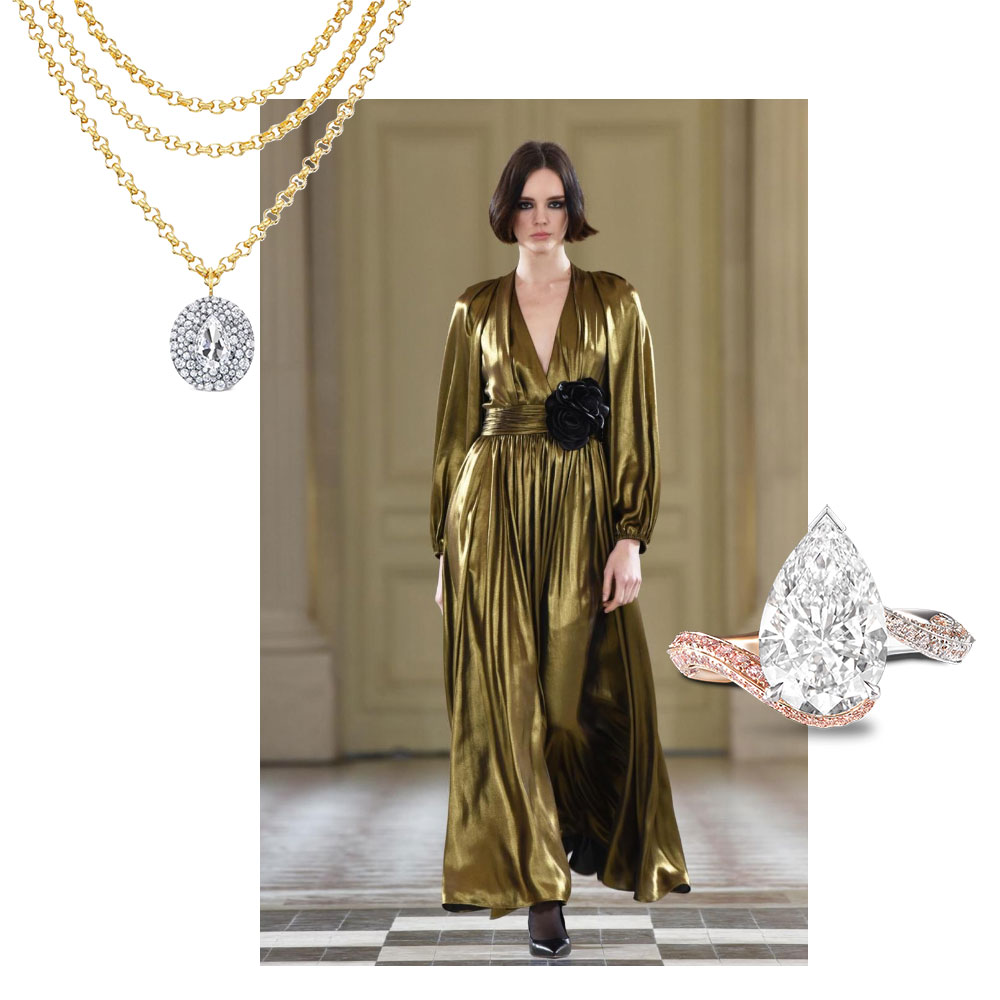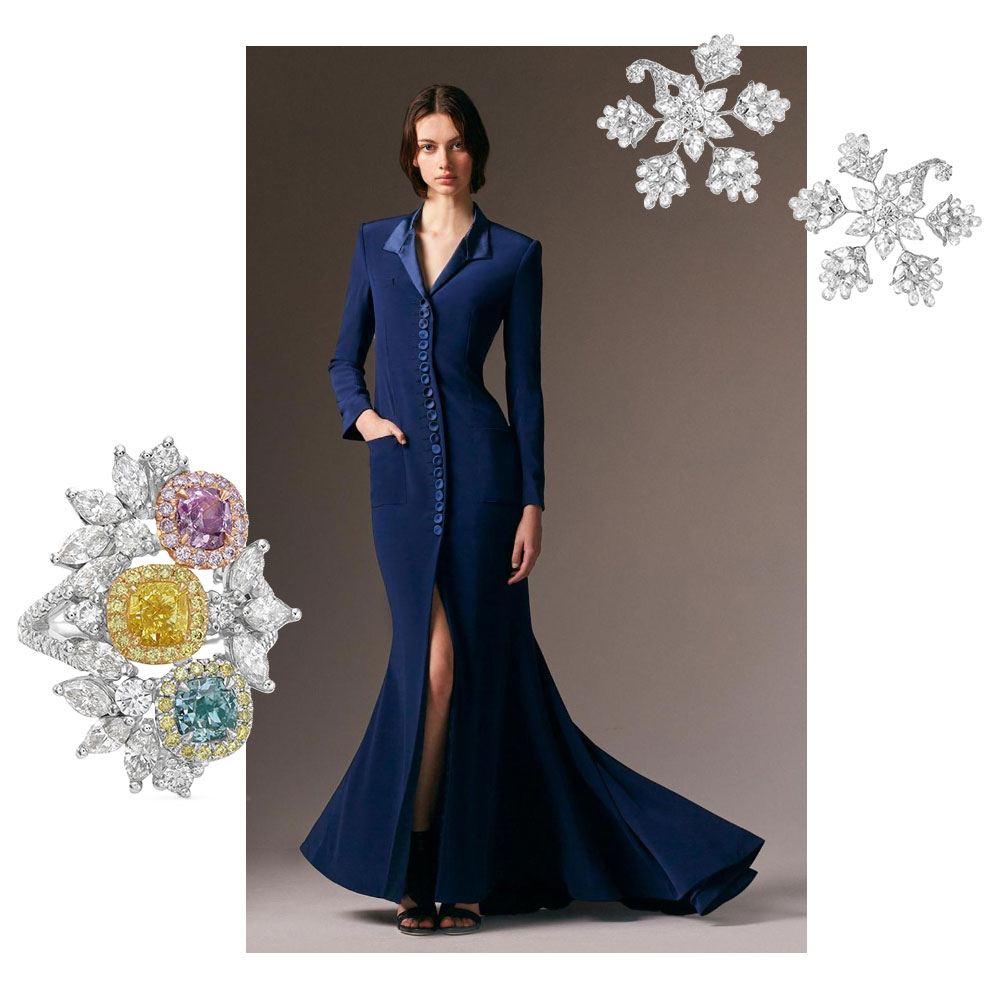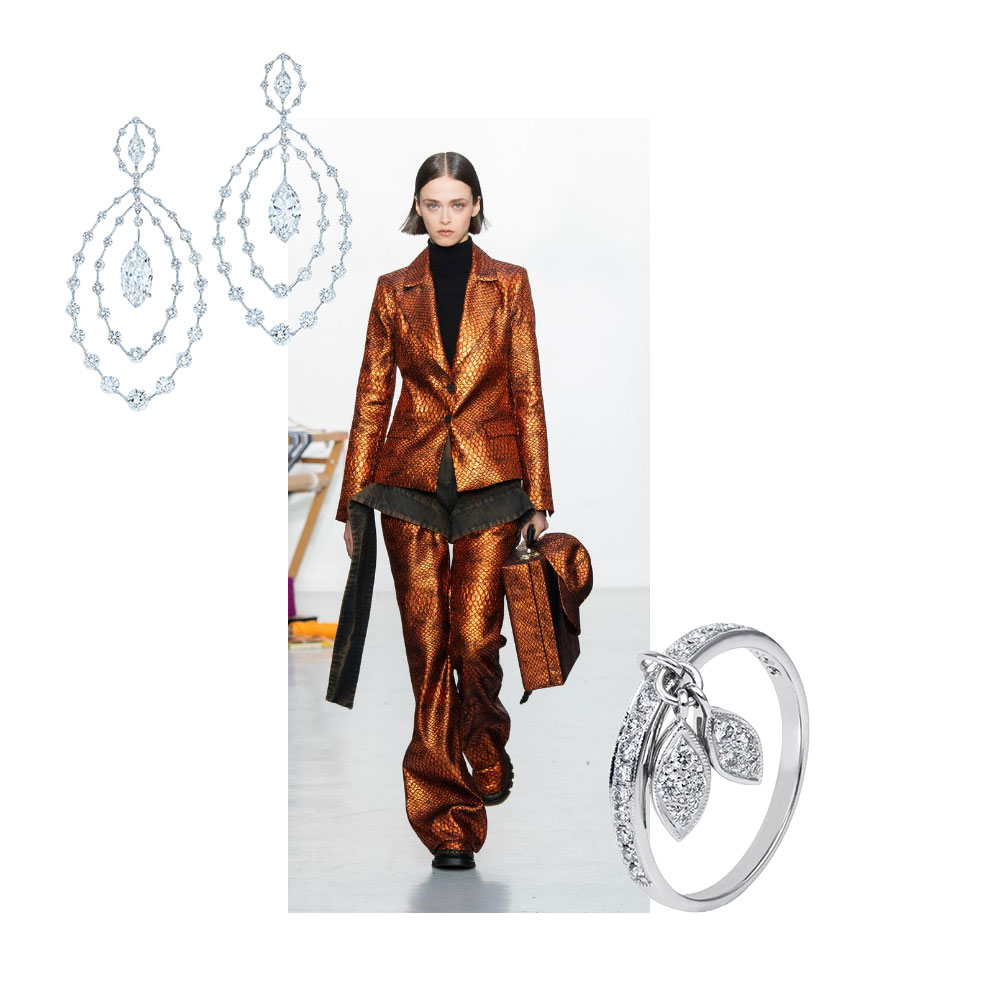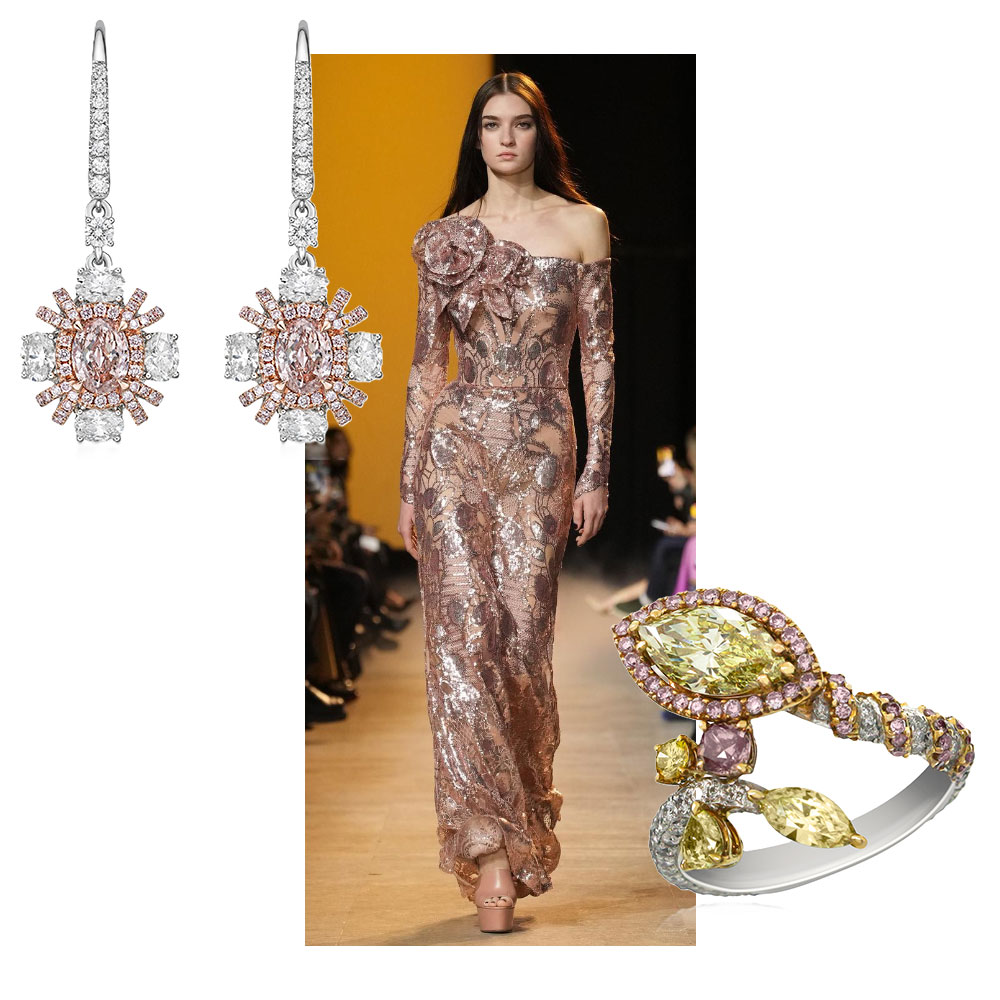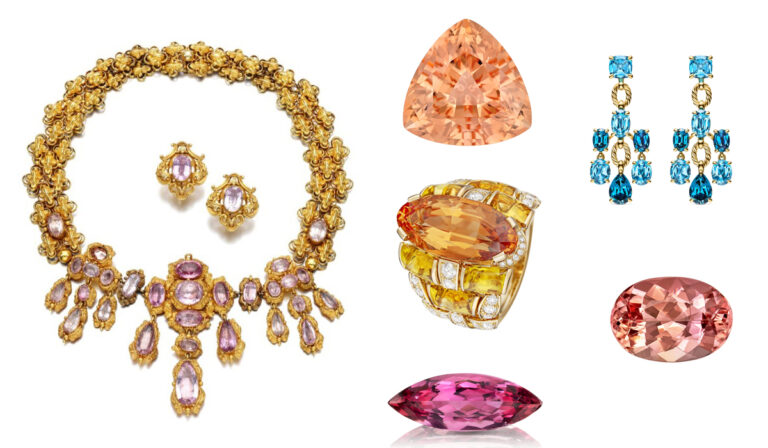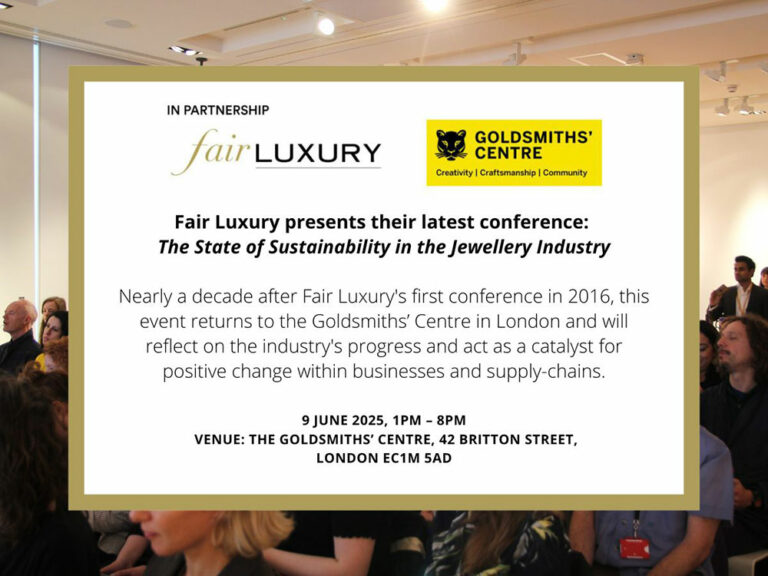The diamond, April’s birthstone, embodies the brilliance and timeless beauty that have captivated imaginations for centuries. As one of the world’s most precious and sought-after gemstones, the diamond is synonymous with luxury, romance, and durability. Let’s delve a bit deeper into this fascinating gem.

Diamonds are carbon crystals formed under extreme heat and pressure conditions in the Earth’s mantle, at depths of up to 200 kilometers beneath the Earth’s surface. Over time, powerful volcanic eruptions carried these crystals to the surface, where they were discovered and mined.
The earliest known use of diamonds dates back thousands of years in India, where they were revered as sacred objects. Ancients believed diamonds were fallen star fragments or tears of the gods.
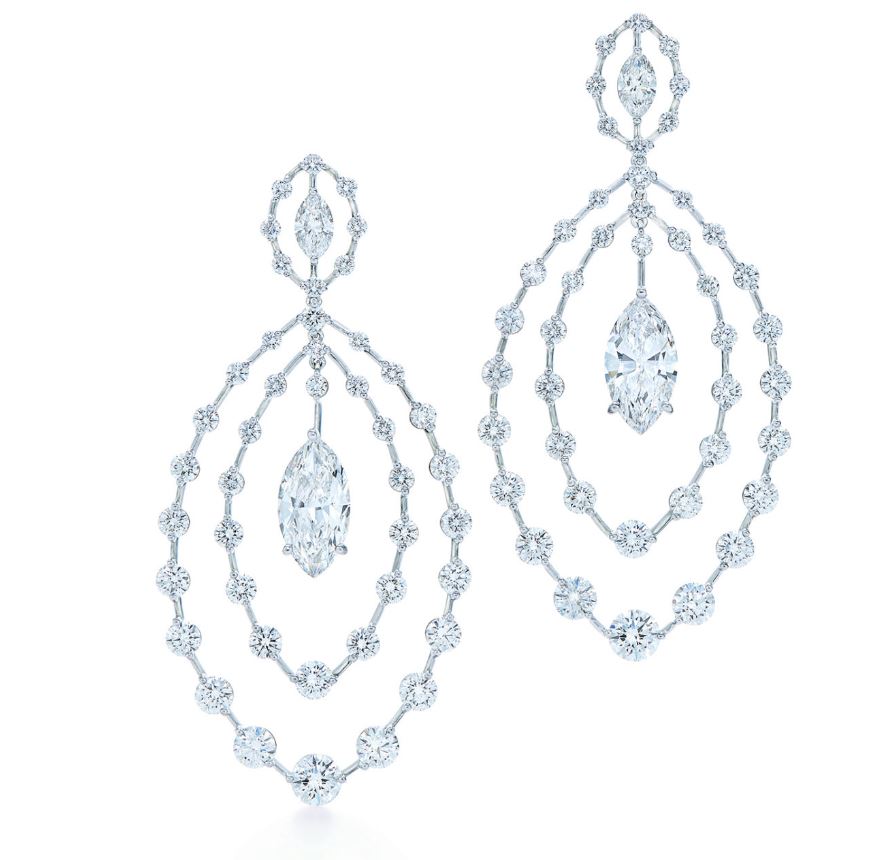
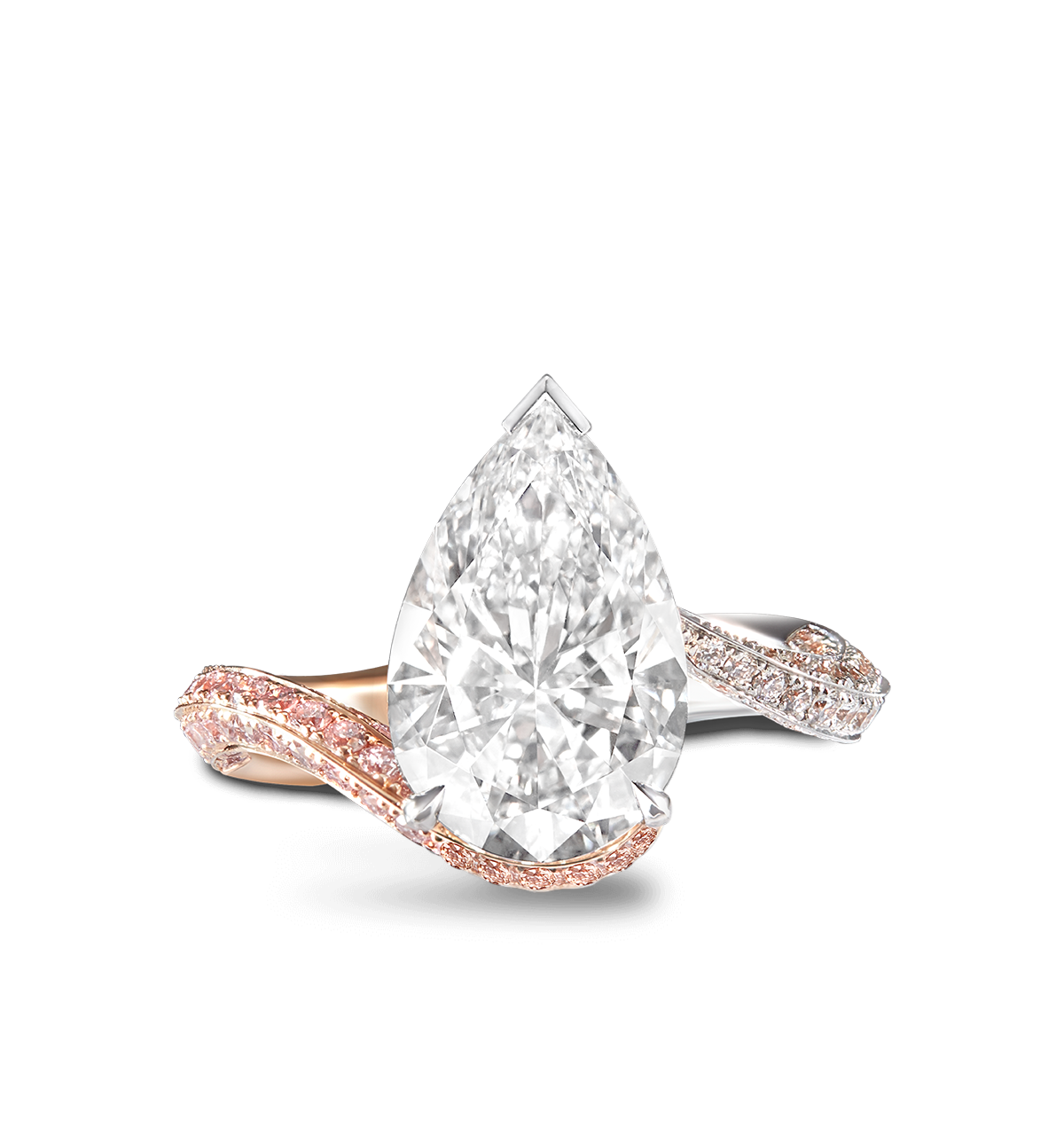
Some historic diamonds are famous for their exceptional size and captivating history. The “Cullinan,” discovered in South Africa in 1905, is the largest rough diamond ever found, weighing over 3,100 carats. When cut, it yielded several remarkable diamonds, some of which are set in the British Crown Jewels.
Diamonds are distinguished by their exceptional hardness, measuring 10 on the Mohs scale, making them the hardest natural substance known to man. Their crystalline structure gives them unique brilliance and light refraction, creating a stunning play of colors and sparkle.
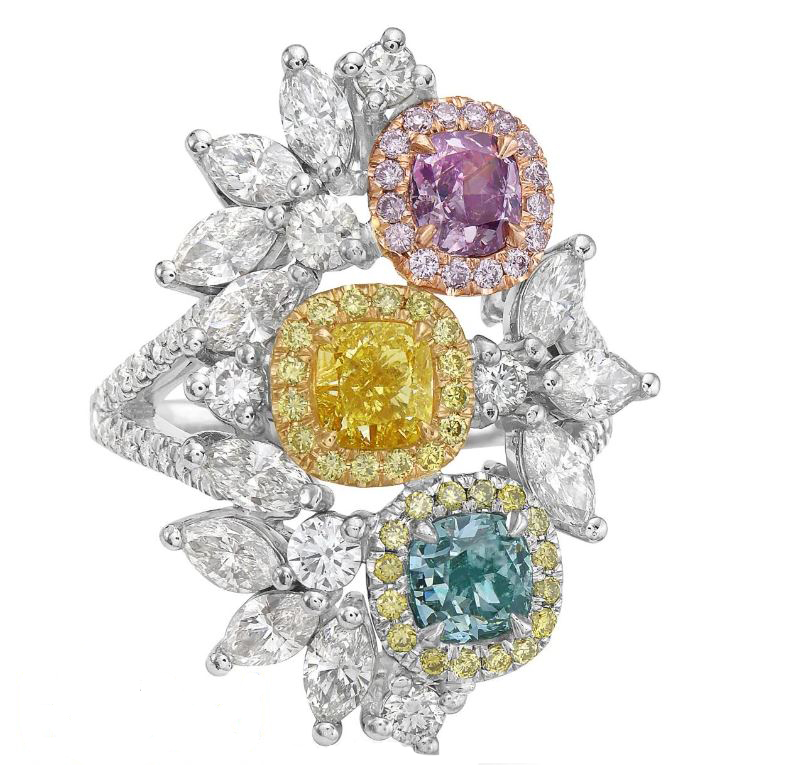


Diamonds occur in a variety of colors, from colorless white to shades of yellow, pink, blue, and even black. The rarity and purity of color directly impact a diamond’s value. A diamond’s quality is evaluated using the “4 Cs”:
- Carat (weight): One carat equals 0.2 grams. The higher the carat weight, the more valuable the diamond.
- Color: Colorless diamonds are the most valuable, but natural diamonds also come in a range of colors.
- Clarity: Clarity refers to internal (inclusions) and external (blemishes) imperfections in a diamond. Flawless diamonds are rare and have higher value.
- Cut: The cut determines how light reflects and refracts through the diamond. A precise cut maximizes the stone’s brilliance and beauty.
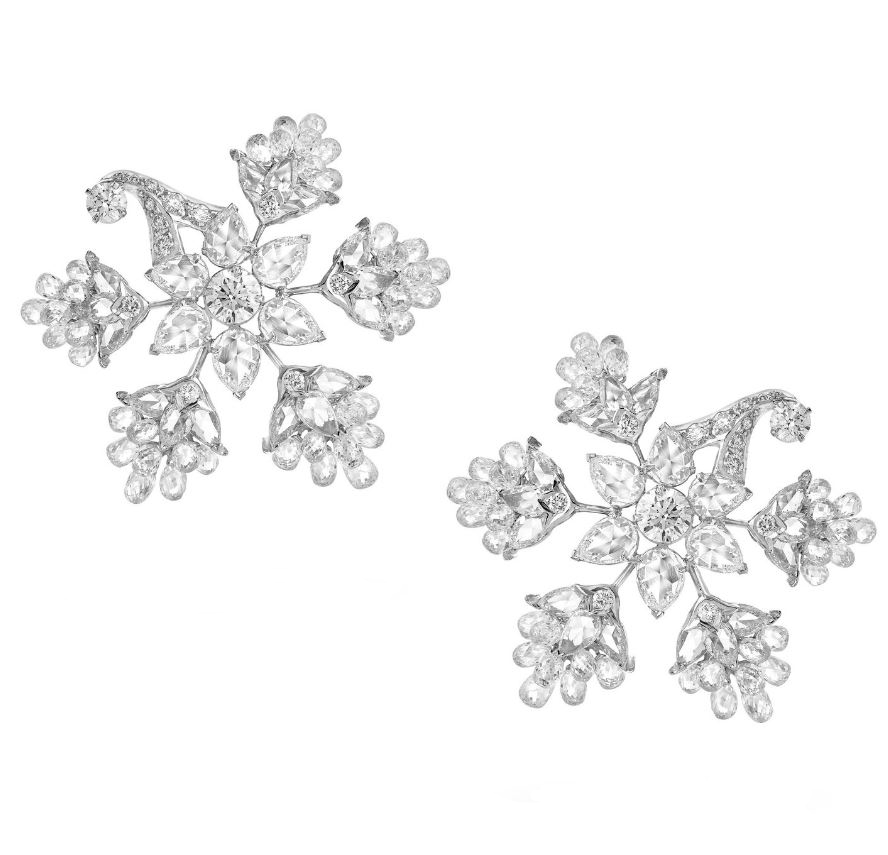
In addition to their use in jewelry, diamonds have industrial applications due to their hardness. They are used for cutting, drilling, and polishing various materials, as well as in advanced scientific equipment.
Symbolically, diamonds are associated with qualities such as eternity, purity, and eternal love, making them a popular choice for engagement rings and wedding jewelry.
The diamond is more than just a precious gem; it is a symbol of luxury, power, and eternal love. With its unique sparkle and symbolic significance, the diamond continues to captivate hearts and minds, making it one of the world’s most coveted and admired gemstones. Whether marking a special occasion or simply appreciating its unparalleled beauty, the diamond remains a timeless icon of elegance and sophistication.
Lastly, I wish a happy birthday to those born in April. I hope my shopping selection of diamond jewelry inspires you.
